Protecting Monarch Butterflies in Cary
Cary, NC – Monarch Butterfly-friendly gardens are increasingly popular, the Cary Town Council has named 2019 the Year of the Monarch Butterfly and you can be part of the excitement of attracting and supporting this imperiled species.
The Importance of Butterflies
Monarchs are in trouble. This strikingly attractive butterfly (Danaus plexippus) has experienced enormous population losses in recent decades. This is due to habitat loss in both its wintering grounds in Latin and South America as well as its summering grounds here in North America. The species is expected to be declared Endangered by the US Fish and Wildlife Service next month. There is hope that things can turn around if enough habitat is restored.
We can help by creating “Monarch Waystations.” These gardens are, as described by Monarch Watch, “places that provide resources necessary for monarchs to produce successive generations and sustain their migration.” Such places include host plants for caterpillars as well as plants that are nectar-rich for adult butterflies. The point is to plant milkweeds and other plants that attract and sustain monarchs and other butterflies.
What To Put In Your Garden
A garden that supports Monarchs is easy to grow. Three species are the key to attracting the butterflies because Monarchs in their caterpillar stage are strictly adapted to them: Common Milkweed (Asclepias syriaca), Swamp Milkweed (Asclepias incarnata) and Butterfly Milkweed (Asclepias tuberosa). All of these are native to our area, have attractive blooms and don’t need to be babied. All will do well in full sun, but their soil preferences vary. Swamp Milkweed likes wet soils while Butterfly Milkweed does best in well drained soils.
I grow both Common Milkweed and Swamp Milkweed. Size is not critical in establishing a garden, but should be at least 100 square feet in an area that receives at least six hours of sun daily. It is strongly recommended that at least two of the three native milkweed species be present to expand the period of time when egg-laying takes place.
A caution: all milkweed species are aggressive and will spread through rhizomes. It is best to plant them in an isolated area where they cannot crowd out other plants. Also, be patient, as it may take as much as a year or two to be noticed by passing Monarchs.
Experts also recommend including additional nectar-producing plants in a Monarch garden that support the butterflies in their adult stage. In my garden, native plant species like Bee Balm, Joe Pye Weed, New England Aster and Mountain Mint fill this role.
High quality, locally sourced plants can be hard to find: Cure Nursery in Pittsboro, Plant Works in Rougemont and Niche Gardens in Pittsboro are suggested local vendors. A mail order suggestion is Woodlanders in Aiken, South Carolina.
Additional information can be obtained from Monarch Watch at monarchwatch.org and The Xerxes Society at xerxes.org. You may, upon completion of your own garden, have it certified, thus showing that you are contributing to Monarch conservation, at monarchwatch.org/waystations.
Are you ready to take the Monarch garden challenge in Cary’s Year of the Monarch Butterfly?
Story and photos by David Lindquist.

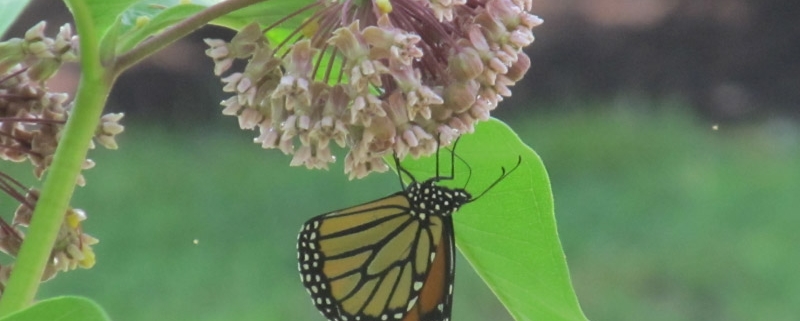
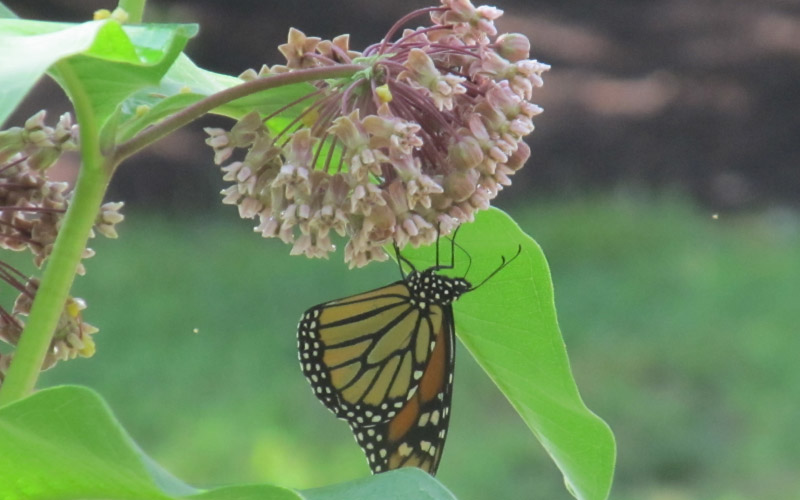
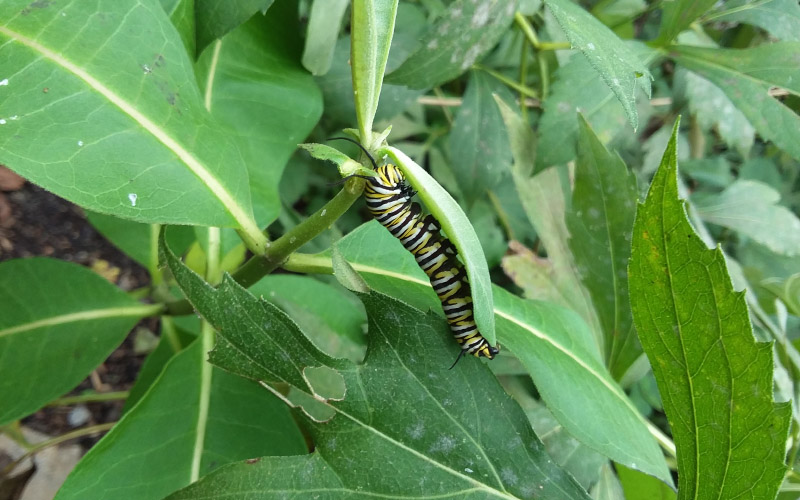
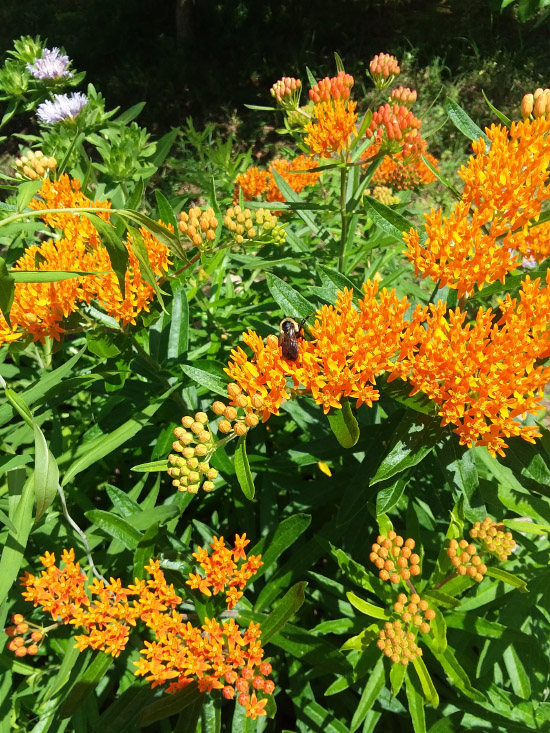
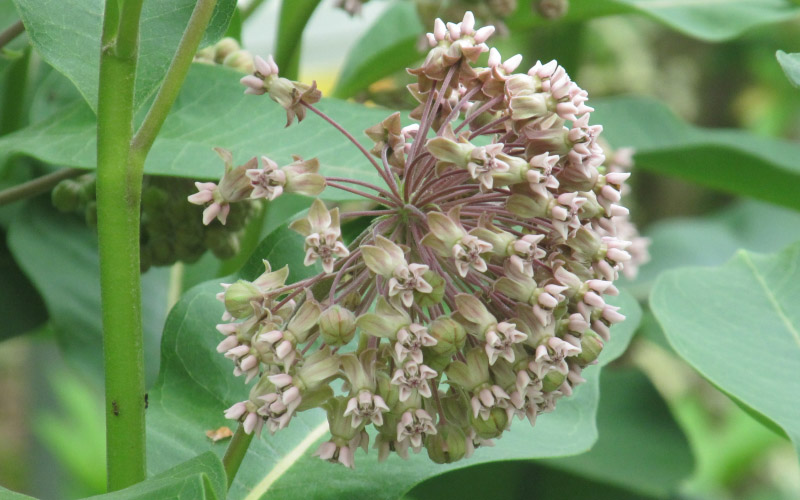


The Friends of the Page-Walker recently celebrated the year of the Monarch— an important pollinator— at our 10th annual Herbfest.